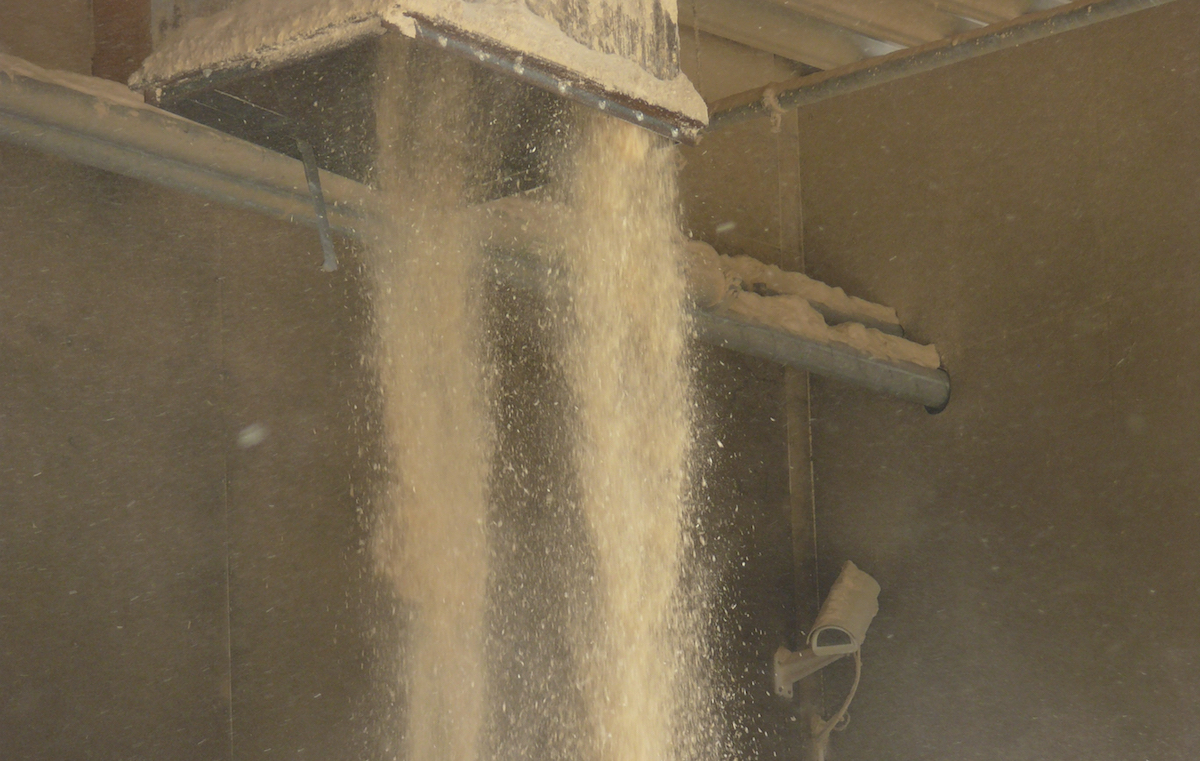
Dust collection systems: a summary of controls required to prevent explosions
June 26, 2019
By WorkSafeBC

You’ve found that fugitive airborne dust in your workplace is a potential health or safety hazard to workers. Perhaps the dust is an inhalation hazard. Perhaps the dust has settled into surface accumulations that are a fire hazard. Perhaps the concentration of the dust in the air is a flash-fire or explosion hazard. Or perhaps two or even all three of these hazards are present. For the purpose of this scenario, your dust is a combustible dust.
You’ve responded by installing a dust collection system. But is that enough? If your dust collection system doesn’t include appropriate and adequate hazard controls, a fire, flash-fire or explosion hazard may be present within the system.
Why your system may pose an explosion hazard
The three elements of the commonly described fire triangle are oxygen (air), fuel, and heat (ignition source). Combining the triangle with two additional elements forms the dust explosion pentagon. These two additional elements are suspension of the fuel in the air and containment of the air-fuel mixture.
For the purpose of this scenario, your dust collection system includes a fan, ducts, and an air-material separator fitted with fabric-media filtering elements. Using suction generated by the fan, the system collects the fugitive airborne dust at its source and moves it to the air material separator, also known as a baghouse type dust collector.
Baghouse type dust collectors provide the suspension and containment elements necessary to turn a fire triangle into a dust explosion pentagon. A flash-fire will occur if the suspended dust is ignited. This will cause the air pressure inside the dust collector to rise rapidly. If the air pressure rises to a certain point, it will rupture the dust collector. This is a dust collector explosion.
Do you have the right controls to minimize the hazard?
1. Your dust collection system requires controls that address the hazard of a flash-fire in the dust collector traveling upstream via the inlet, downstream via the outlet, or exiting via the dust discharge point. Does your dust collection system have appropriate flash-fire controls at the dust collector’s inlet, outlet and discharge, and are they adequate?
2. Typical dust collector flash-fire controls isolate the dust collector. In doing so, they fully establish the collector as the “containment” element of the dust explosion pentagon. If a flash-fire occurs in your dust collector, does your dust collection system have appropriate controls to handle the increased air pressure, and are they adequate?
3. Typical dust collector air pressure controls are pressure relief vents designed to rupture before any other component ruptures. If a flash-fire occurs in your dust collector, will rupturing pressure relief vents adequately direct fire and debris to a designed safe location outside?
4. Dust and air are sucked into dust collection systems together. To prevent having an ignitable concentration of dust in your system’s ducts, your system needs to have a volumetric air flow (e.g. cubic metres per second) that keeps airborne concentrations of dust in the ducts well below the minimum explosible concentration. Does your fan produce an adequate volumetric air flow?
5. Airborne dust moving through a dust collection system may settle in the system’s ducts before it reaches the dust collector. Does the fan in your dust collection system produce an adequate air velocity (e.g. metres per second), and are the ducts constructed and installed adequately, to ensure that all dust entering your dust collection system is carried to the dust collector?
6. Airborne concentrations of your dust may occur in your dust collector at concentrations above the minimum explosible concentration. What steps have you taken in attempting to eliminate electrical, mechanical and operational ignition sources, and are the steps adequate?
If you have all these controls in place and are satisfied with your answers to these questions, congratulations! You have taken steps to ensure the hazard controls for your dust collection system are appropriate and adequate. You are well on your way to ensuring that your dust collection system is capable of safely performing its function.
However, keep in mind that ensuring the safety of your dust collection system doesn’t stop here. You need to regularly monitor, inspect, clean, and maintain your dust collection system to ensure it remains safe.
Print this page